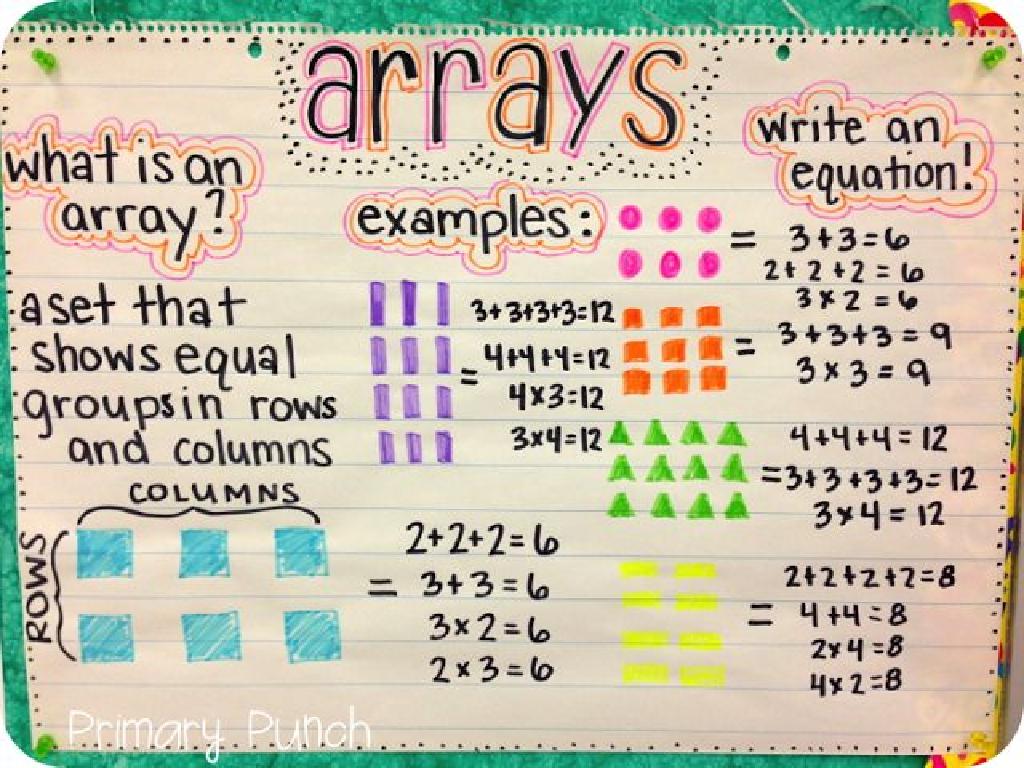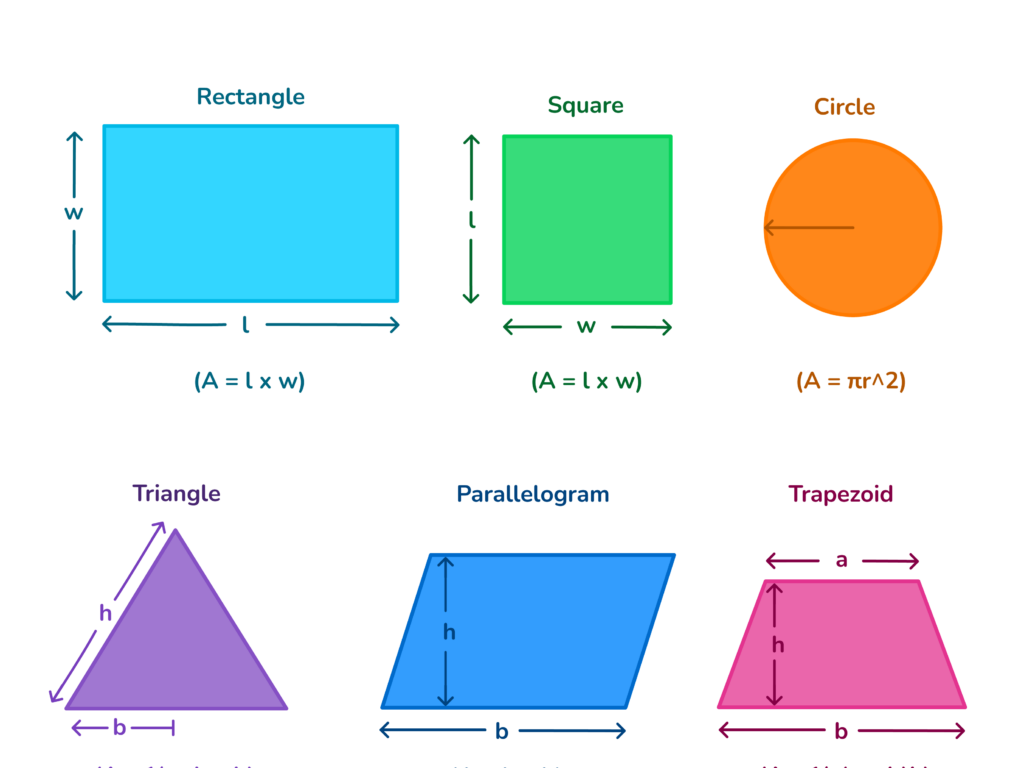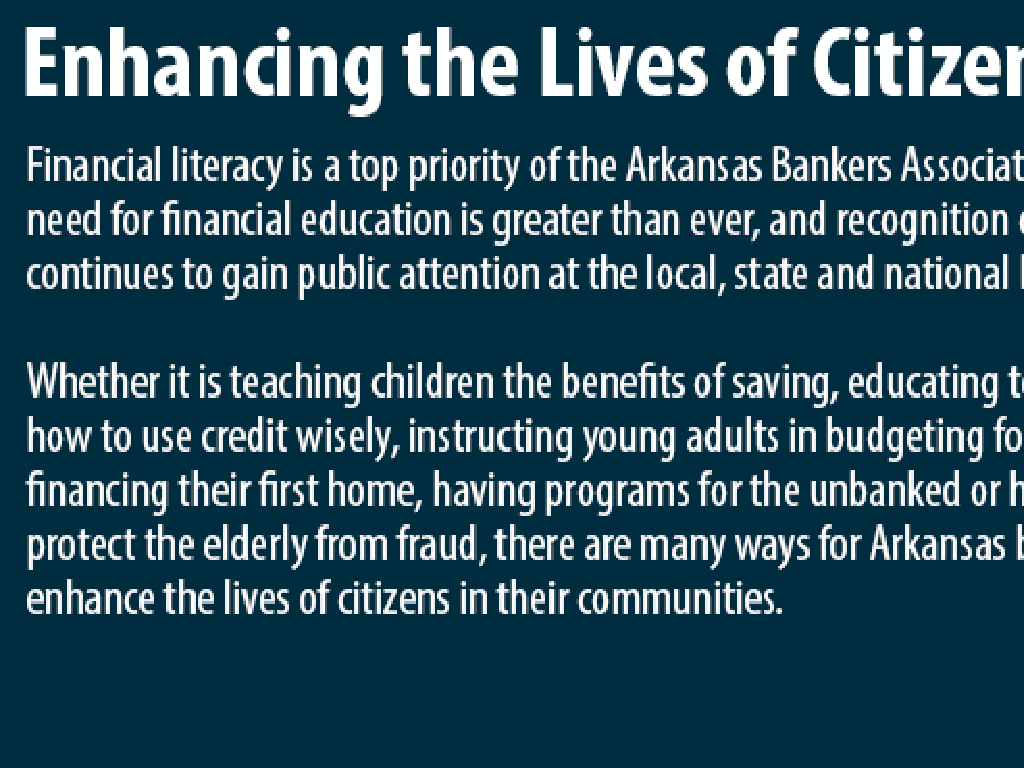Less - Compare By Matching Up To 5
Subject: Math
Grade: Kindergarten
Topic: Comparing Up To 5
Summary: In this engaging Kindergarten math lesson, students learn to compare numbers up to 5 by identifying which group has less through simple matching activities. Using everyday objects like blocks, dolls, and apples, children practice one-to-one pairing to visually spot the smaller group. Interactive games and hands-on tasks help reinforce the concept of "less" in a fun, tangible way. This foundational skill builds number sense and supports early math development aligned with educational standards.
Please LOG IN to download the presentation. Access is available to registered users only.
View More Content
Comparing Numbers: Which Group Has Less?
– Greetings little mathematicians!
– Learning to compare numbers
– Comparing helps us see which is smaller or bigger
– Matching groups to find ‘less’
– Use objects like blocks or apples to match one by one
– Fun with numbers!
– We’ll play games to practice comparing!
|
Welcome the students warmly to the math class and get them excited about becoming little mathematicians. Introduce the concept of comparing numbers in a simple and engaging way. Explain that by matching items from two groups, they can find out which group has less. Use tangible objects like blocks, apples, or toys to demonstrate the concept, as hands-on activities are very effective for Kindergarten students. Plan a few interactive games where students can practice matching and comparing in pairs or small groups, ensuring that the activities are fun and educational. The goal is to help students understand the concept of ‘less’ through direct comparison and to build a foundation for number sense.
Understanding ‘Less’: Comparing Quantities
– ‘Less’ means fewer items
– Compare two groups of items
– Look at two sets, like 3 apples vs. 5 apples
– Group with fewer is ‘less’
– Which set is smaller? That’s the ‘less’ one
– Let’s see examples!
|
This slide introduces the concept of ‘less’ to Kindergarten students by comparing quantities. Start by explaining that ‘less’ means not having as many items as another group. Use tangible examples like toys or fruits to illustrate the point. Show two groups of items and ask the students to identify which group has less. Encourage participation by letting them count the items in each group. Use visual aids like pictures or actual objects for the examples to ensure the concept is clear. Reinforce learning by asking students to find examples of ‘less’ in the classroom.
Matching to Compare: Which Has Less?
– Use matching to compare groups
– Pair items from two groups
– One-to-one pairing helps us see differences
– Find the group with fewer items
– The group that can’t be paired anymore is smaller
– Understand ‘less’ through matching
|
This slide introduces the concept of comparison by matching for kindergarten students. It’s a visual and interactive way to understand the concept of ‘less.’ Start by explaining that matching is like finding a partner for each item. When we compare two groups by matching, we can easily see which group has items without partners, indicating it has less. Demonstrate this with real objects or illustrations where students match items from two groups until one group runs out. The group with leftover items has more, and the one that runs out first has less. Encourage students to practice with various examples and ensure they grasp the concept by asking questions and providing guidance as needed.
Let’s Practice Matching!
– Match objects one by one
– Compare two groups of items
– Identify the group with leftovers
– Which group can’t be fully matched?
– Understand ‘less’ through matching
– Matching helps us see which has fewer
|
This slide is designed to introduce the concept of ‘less’ to Kindergarten students through a fun and interactive matching activity. Start by showing two groups of objects and ask the students to match them one by one. This could be done with physical objects in the classroom or illustrations on the board. As they match the objects, guide them to observe which group has items left over, indicating it has more objects. The group without leftovers has less. This visual and hands-on approach helps young learners grasp the concept of comparing quantities. For the activity, consider using common classroom items like blocks, crayons, or stickers. Encourage the students to explain their thought process, reinforcing their understanding and vocabulary related to quantity comparison.
Comparing Toys: Which is Less?
– Start with 5 toy cars
– Now take 3 dolls
– Match cars to dolls
– Each car pairs with a doll
– Find which has less
– Unmatched toys show which group is smaller
|
This slide is designed to teach Kindergarten students the concept of comparing quantities to identify which is less by using a hands-on matching activity. Start with 5 toy cars and 3 dolls. Have the students match each toy car with a doll. After matching, there will be 2 toy cars without a match, indicating that there are fewer dolls than cars. This visual and interactive approach helps students understand the concept of ‘less’ in a tangible way. Encourage the children to explain the result in their own words to reinforce learning.
Your Turn to Match!
– Get your matching cards ready
– Observe two groups of items
– Match items from both groups
– One-to-one matching helps us compare
– Decide which group has less
– Remember, less means fewer items!
|
This slide introduces a hands-on activity for students to practice matching and comparing quantities. Distribute cards with two distinct groups of items, ensuring that each group has up to 5 items. Instruct the students to match the items from one group to the other, one-to-one. After matching, they should be able to visually assess which group has fewer items and thus has ‘less.’ Encourage them to articulate their thought process and the result. For the teacher: Prepare sets of cards with different item groups for variety. Monitor the students as they match to ensure they understand the concept of ‘less.’ Offer guidance and praise as they successfully complete the task. This activity will help reinforce their understanding of comparison by matching quantities.
Matching Game: Which Group Has Less?
– Pair up for a matching game
– Match items in two groups
– Find which group has less
– Compare the number of items in each group
– Say ‘Ready, set, match!’
|
This interactive class activity is designed to help Kindergarten students understand the concept of ‘less’ through a fun matching game. Students will be paired up and given sets of items to match. They will then compare their matched sets to determine which one has fewer items. This hands-on approach encourages collaborative learning and helps students visually and practically understand the concept of quantity comparison. Teachers should prepare sets of items in advance, ensuring that there are clear differences in quantity for the children to compare. Possible variations of the activity could include using different types of items, such as stickers, blocks, or shapes, to keep the game engaging and to cater to different interests.
Great Work on Comparing Numbers!
– Comparing by matching is fun!
– Groups with leftovers have more
– If 5 apples and 3 oranges, apples are more because 2 are left
– No leftovers means less items
– If 4 cars and 4 trains, no cars are left, so both are the same
– You’ve all done an amazing job!
|
This slide is a conclusion to reinforce the concept of comparing by matching. It’s a celebration of the students’ effort and understanding. Emphasize the key takeaway that the group with items left over is the larger one. Use simple examples like apples and oranges to illustrate the point. Praise their hard work and encourage them to continue practicing at home with their toys or snacks. This positive reinforcement will help them remember the lesson and feel confident in their ability to compare groups of items.





